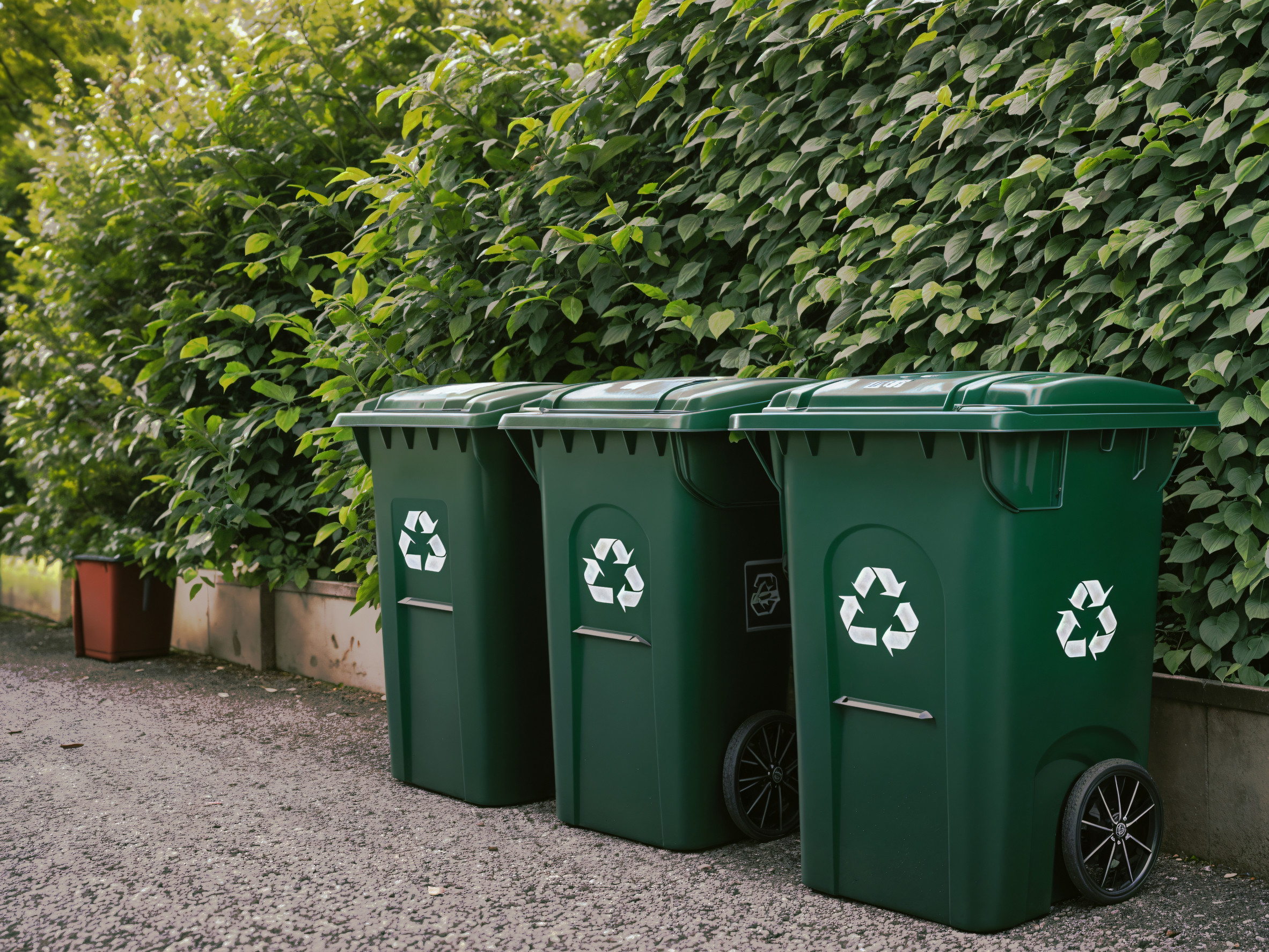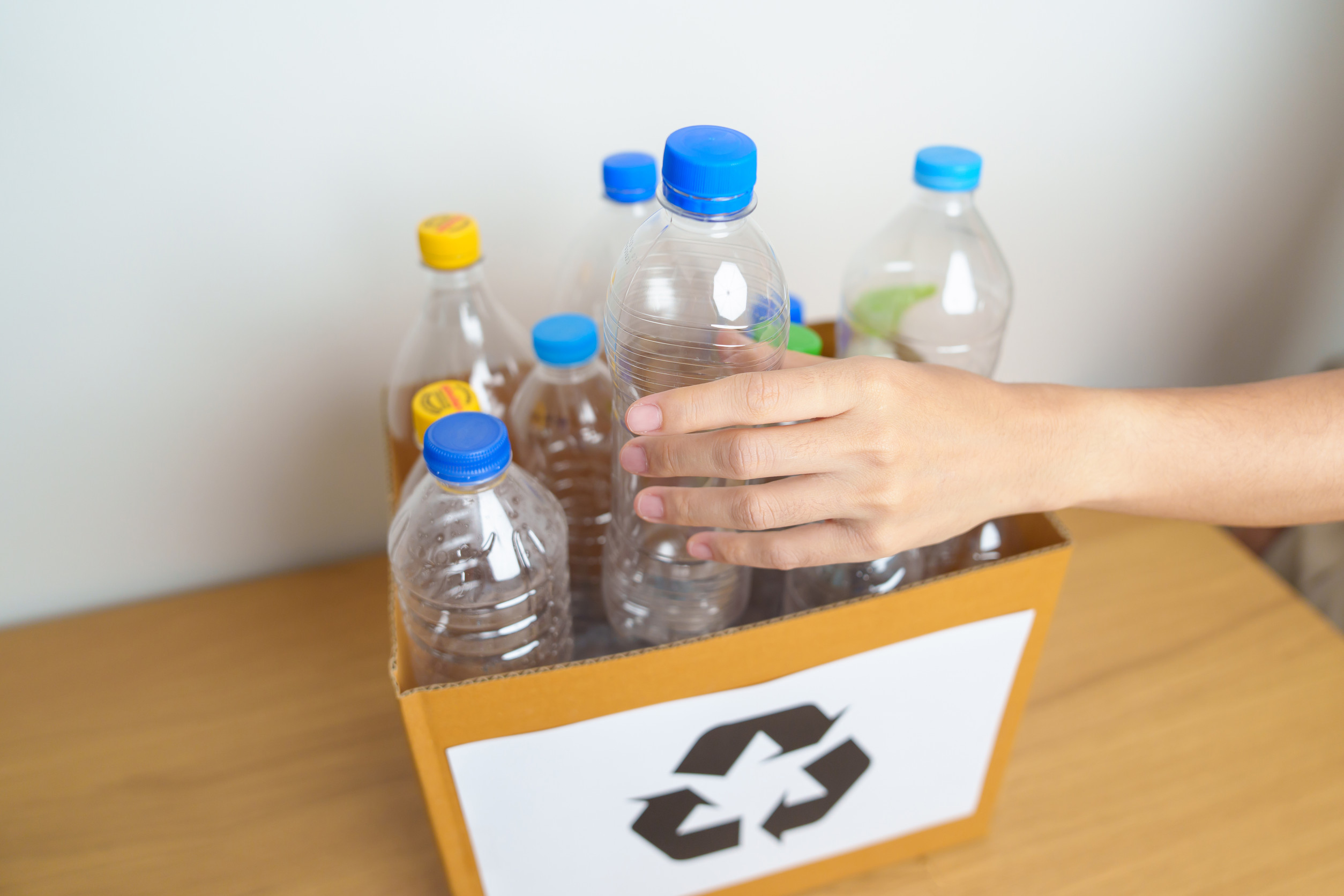Recycling has long been sold as a win-win: good for the planet and good for the wallet. Blue bins line the curbs, bottles get sorted, and families feel like they’re doing their part to keep the world clean. But lately, questions are surfacing about whether these programs are actually draining more cash from households than they return in benefits.
Behind the green image lies a tangle of costs, hidden fees, and logistical challenges that don’t always add up in consumers’ favor. Could it be that recycling, as it currently operates, is more expensive than most people realize?
The Myth of Recycling as a Money Saver
Many households assume that recycling leads to lower trash bills, but the math doesn’t always support that belief. Collection trucks often need extra routes to handle recyclables, which means more fuel and more staff hours. Those costs eventually show up on utility bills, making recycling more expensive than standard waste pickup. Add in the specialized processing facilities that need to separate and clean materials, and the supposed “savings” begin to shrink quickly. What once looked like a financial perk sometimes ends up as just another line item on the bill.
The Rising Costs of Processing Materials
Recycling isn’t as simple as tossing a can into a bin and turning it into a new product. Many items require multiple steps—sorting, cleaning, melting, and reprocessing—before they can be reused. Those steps involve costly machinery, labor, and energy that add up to a hefty price tag for municipalities.
When global demand for recycled materials dips, cities are left footing the bill with little resale value to offset expenses. Ultimately, households end up carrying the financial weight through taxes or service fees.
Why Contamination is a Big Deal
One greasy pizza box or plastic bag in the wrong bin can derail an entire batch of recyclables. Contamination forces recycling centers to slow operations, pull out unusable materials, and sometimes trash the load entirely. That wasted effort drives up processing costs and reduces the overall efficiency of the system.
For households, it translates to higher charges, even when people are trying their best to recycle correctly. Ironically, the more complicated recycling becomes, the more expensive it is to keep running.
The Global Market Crash of Recyclables
For years, countries like China imported mountains of recyclables from the United States and Europe, keeping local costs relatively low. But when China tightened its import rules in 2018, the market collapsed almost overnight. Suddenly, cities had nowhere to send their materials, leaving tons of recyclables piling up in warehouses or headed straight to landfills. This created a massive financial strain on local recycling programs that had relied on international buyers. Households once again shouldered the burden through higher fees or new service charges.
Hidden Costs Passed on to Households
Trash and recycling fees aren’t always transparent, which makes it difficult for households to track the true cost of these programs. Some cities roll recycling expenses into utility bills, while others tack them onto property taxes. In either case, families may end up paying far more than they realize for their weekly blue-bin pickup. Unlike other services where costs are clear, recycling’s hidden fees can easily fly under the radar. Over time, those extra charges can outweigh the environmental feel-good factor.
When Recycling Competes with Other Priorities
Every dollar a city spends on recycling is a dollar not spent on schools, infrastructure, or public safety. Municipal budgets are finite, and expensive recycling programs can crowd out other community investments. This forces local leaders to make tough choices about where money should go.
When households see higher taxes or reduced services in other areas, it’s fair to question whether recycling delivers enough value. The opportunity cost of keeping recycling programs alive often falls squarely on everyday families.
The Case for Smarter Recycling
Not all recycling programs are doomed to drain wallets. Some cities are experimenting with technology that uses AI-powered sorting systems to cut down contamination. Others are shifting to single-stream models that simplify the process for households. These innovations could reduce costs and make recycling more financially sustainable. The challenge is scaling these solutions before households lose faith in the system altogether.
Alternatives That Save More Than They Spend
Reducing waste at the source often delivers bigger financial savings than recycling after the fact. Simple shifts, like using reusable containers or buying products with less packaging, cut costs without relying on expensive processing systems.
Composting organic waste keeps food scraps out of landfills and lowers trash volume without complex machinery. Some households even find community sharing or resale markets more cost-effective than traditional recycling. By focusing on prevention instead of processing, families may keep more money in their pockets.
Is Recycling Worth the Price?
Recycling still carries environmental value, but the financial side tells a more complicated story. With rising costs, global market instability, and hidden fees, households often end up paying more than they realize. The key may lie in smarter systems, clearer policies, and greater emphasis on reducing waste at the source. Recycling doesn’t have to be abandoned, but it does need a financial reality check.
What do you think—are recycling programs worth the cost, or is it time to rethink the blue bin altogether?
You May Also Like…
7 Items That Are Suddenly Illegal to Throw in the Trash
6 Items in Your Trash That Mark You for Identity Theft
How a Small HOA Fine for Trash Bins Turned Into a Lien on the Home
7 Reasons New Homes Are Getting Cheaper—and Riskier
Why Some Car Companies Are Still Using Recycled Metals With Known Structural Defects


